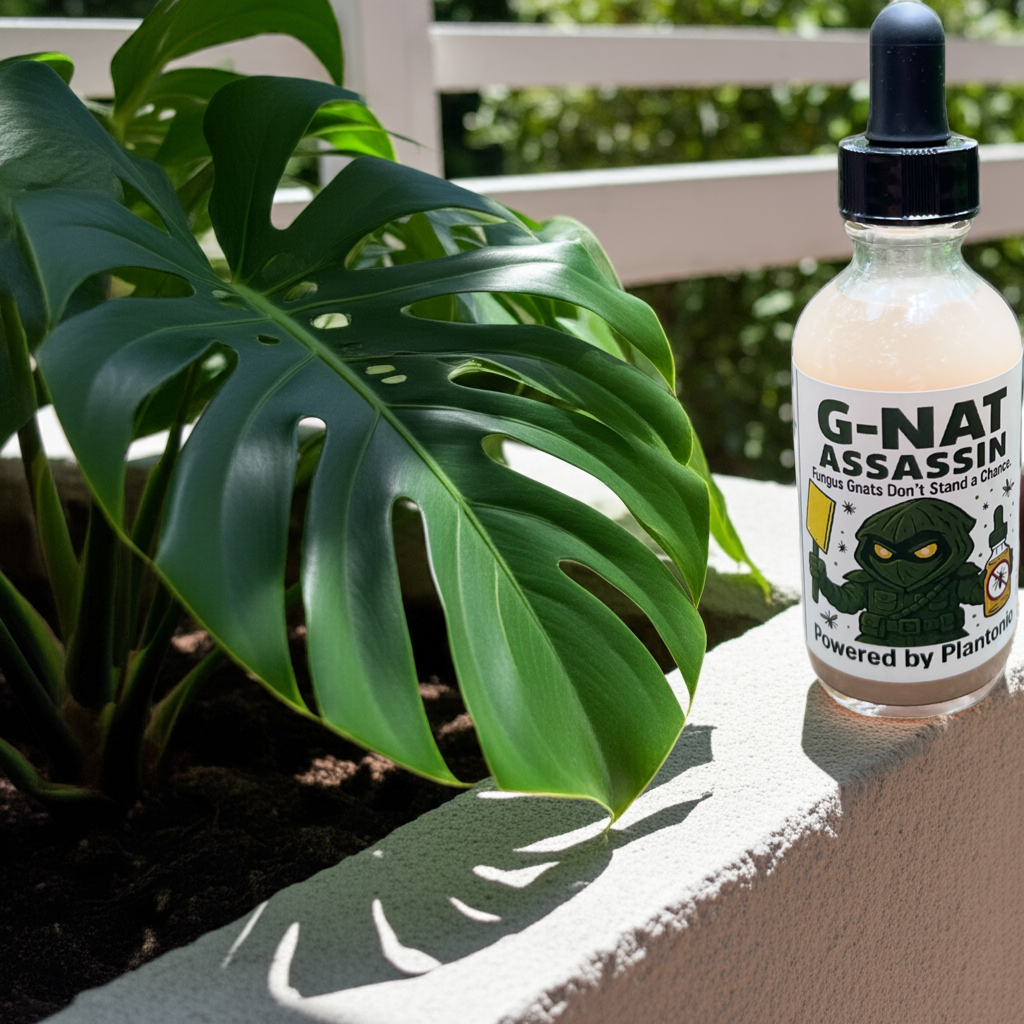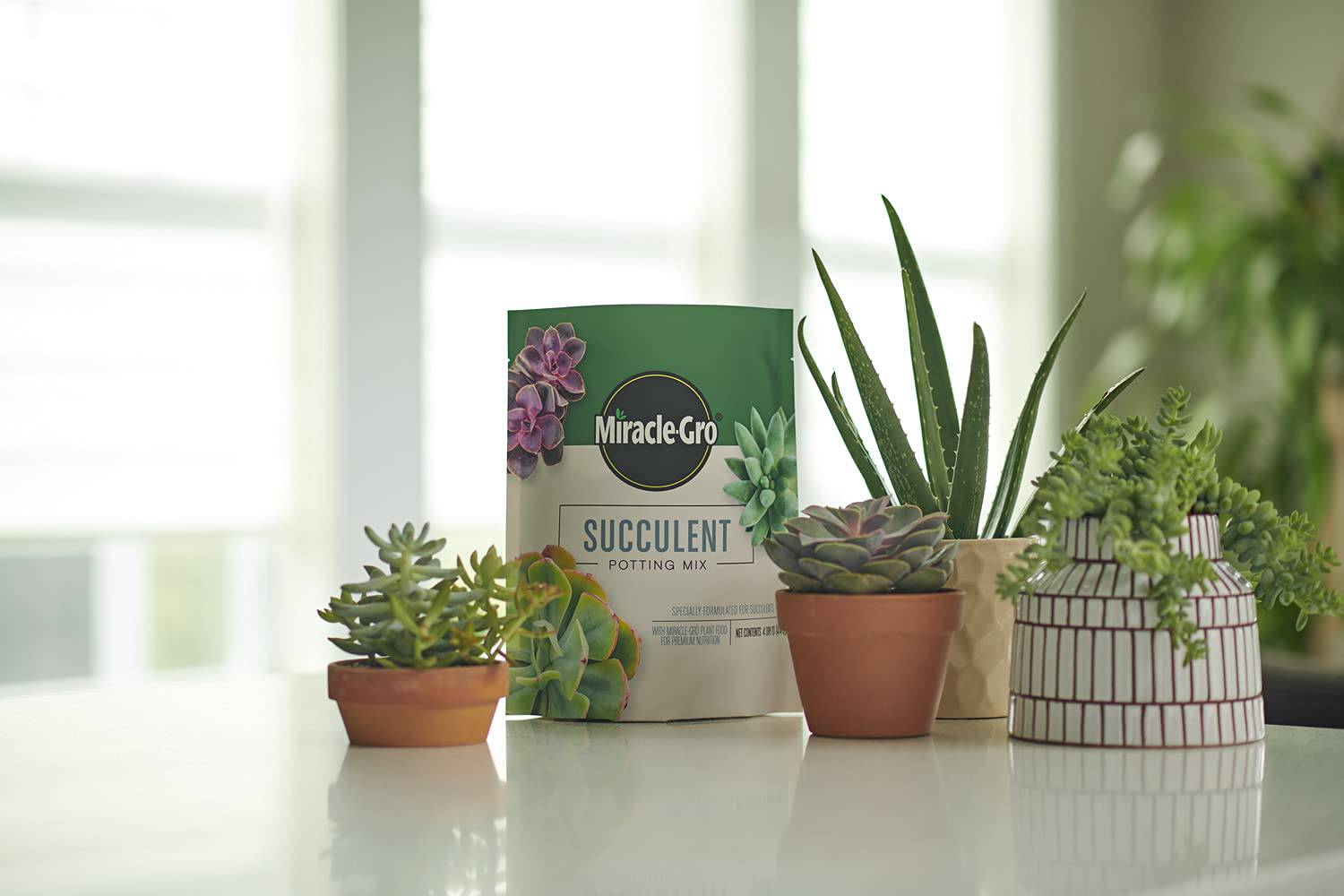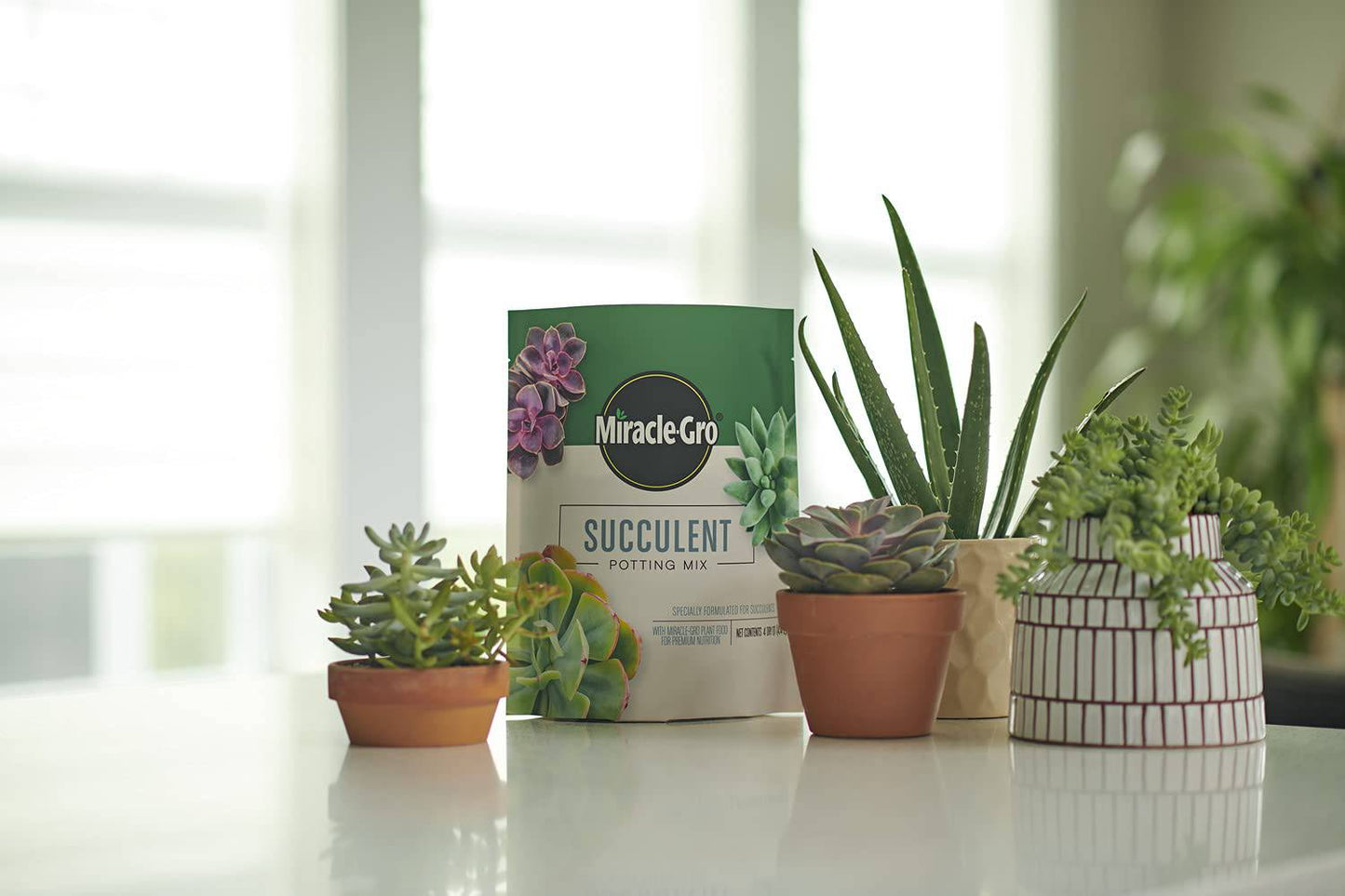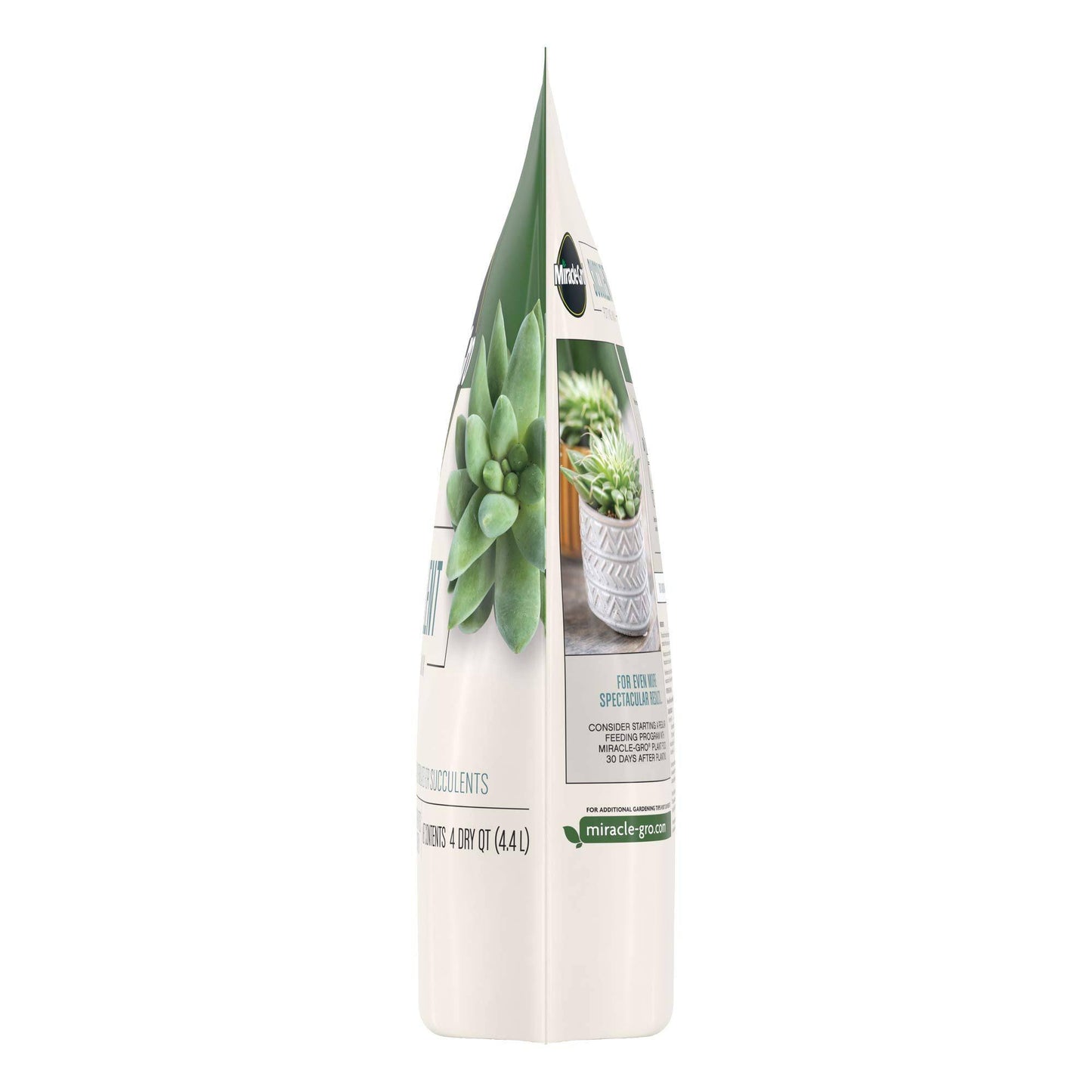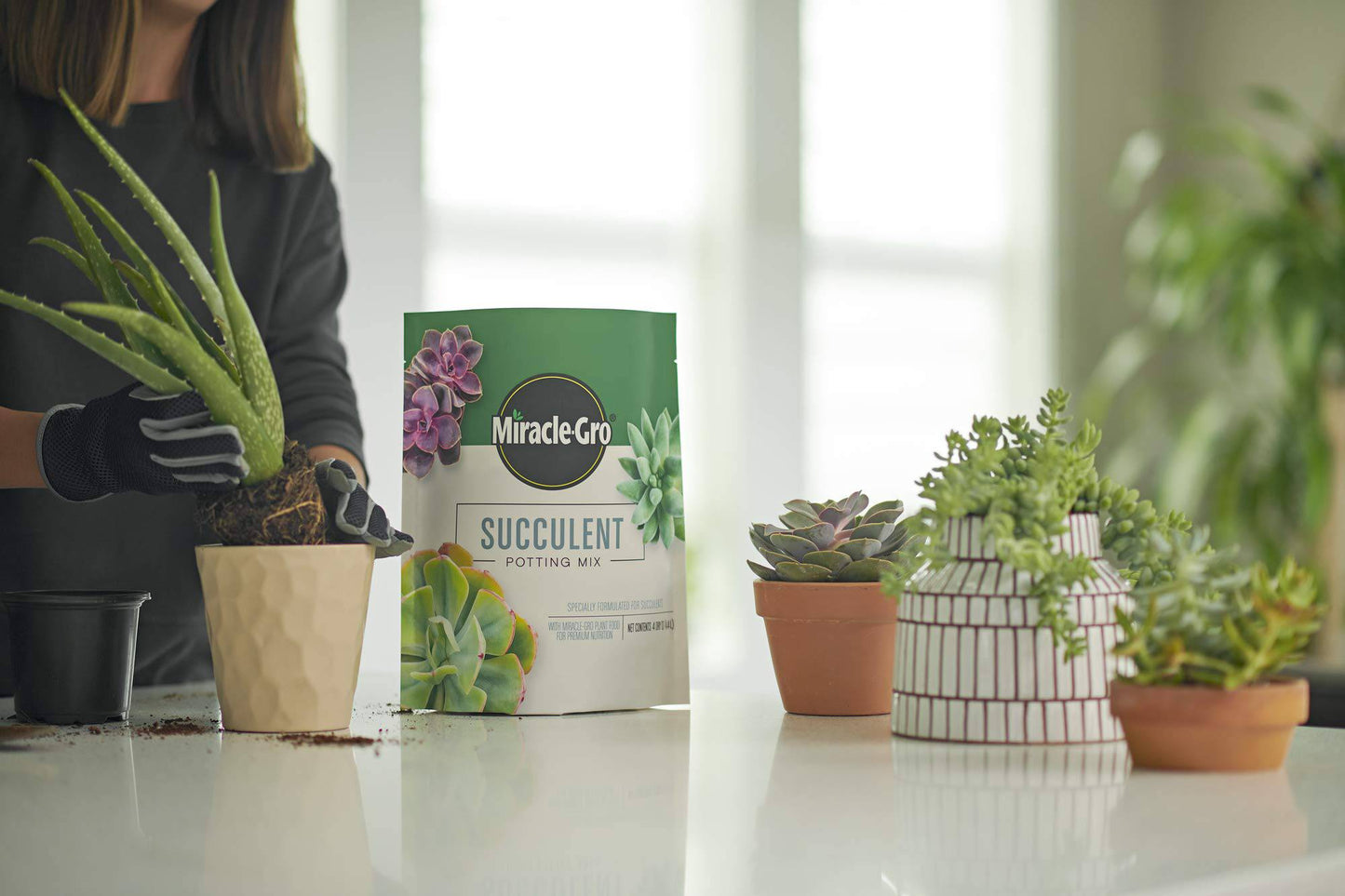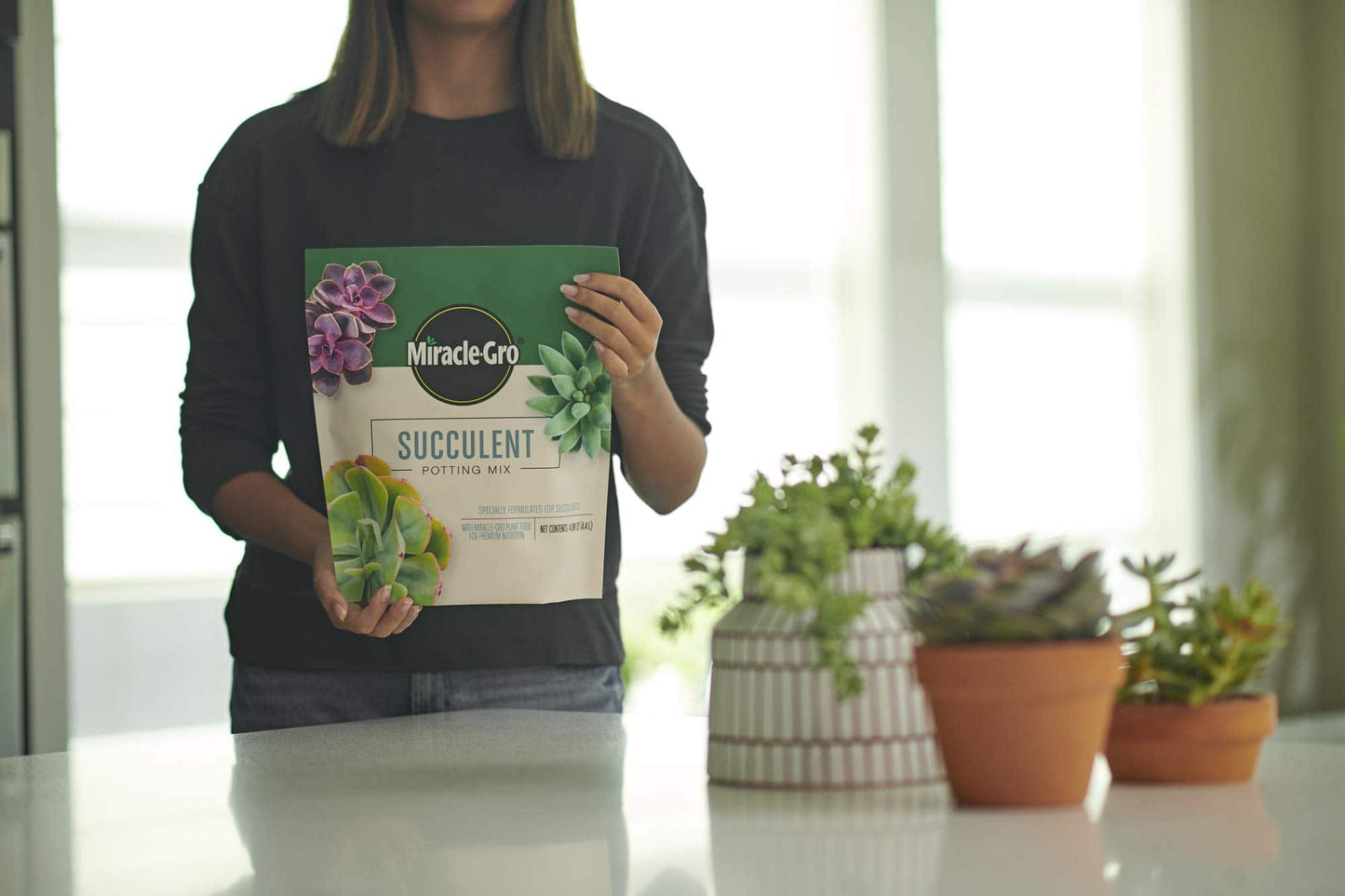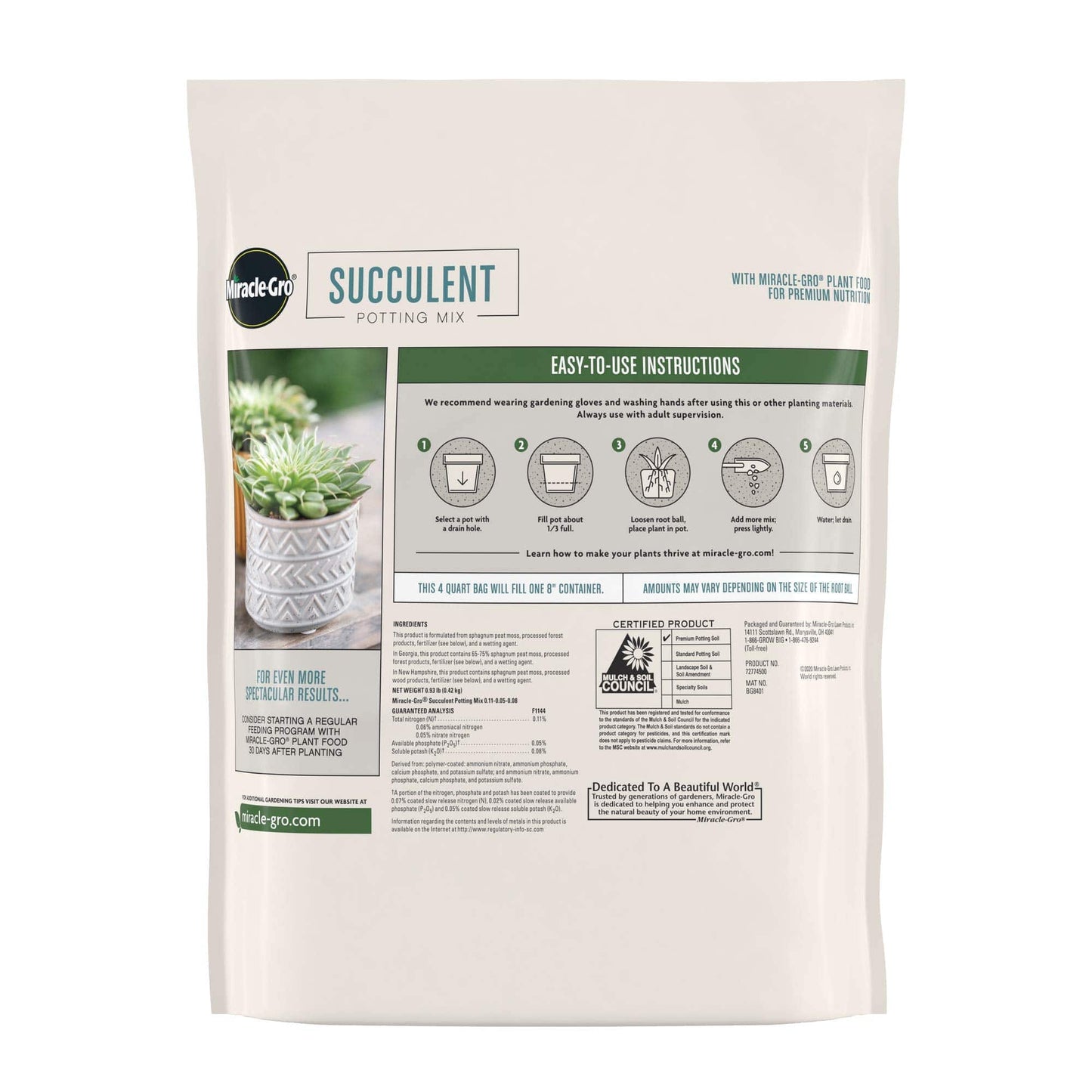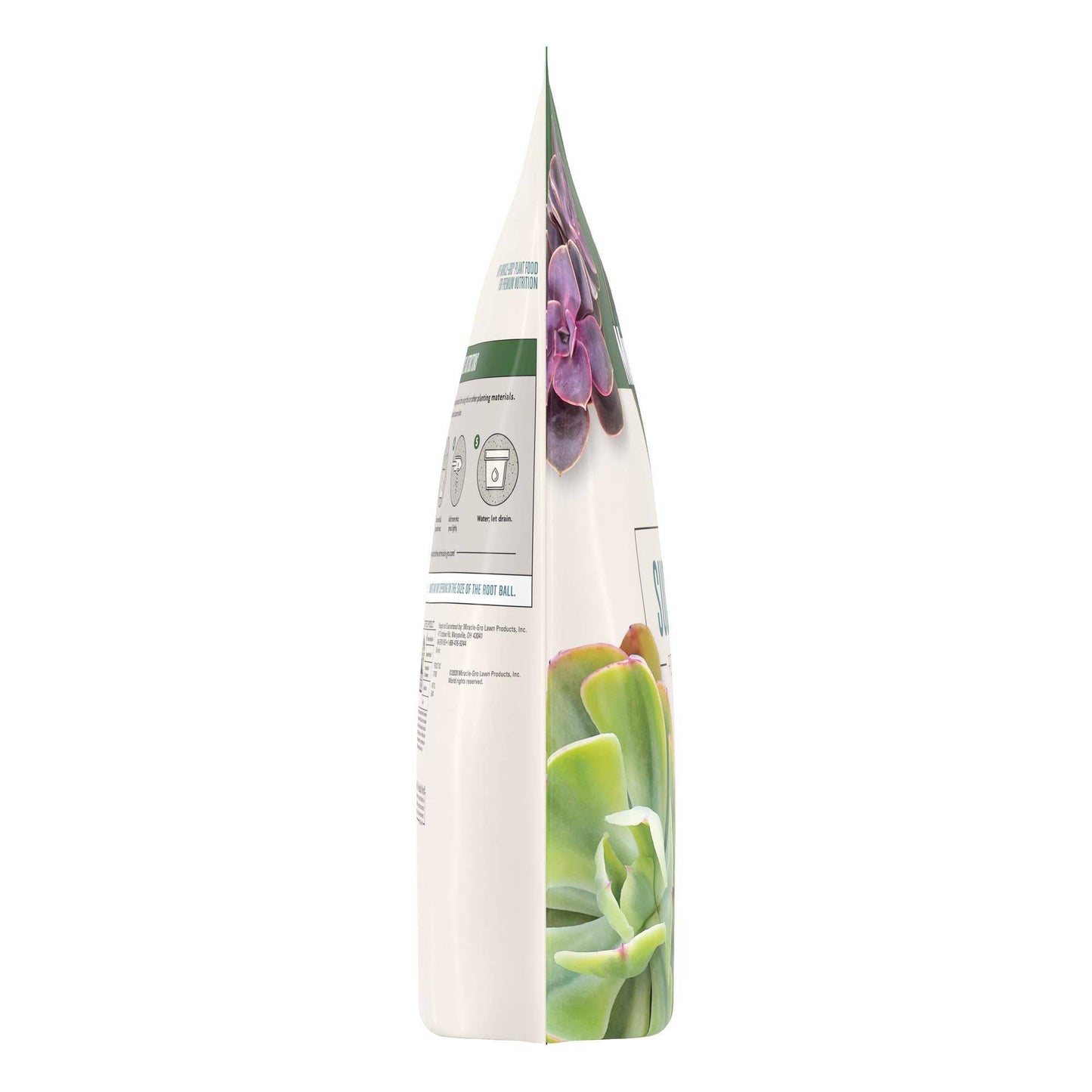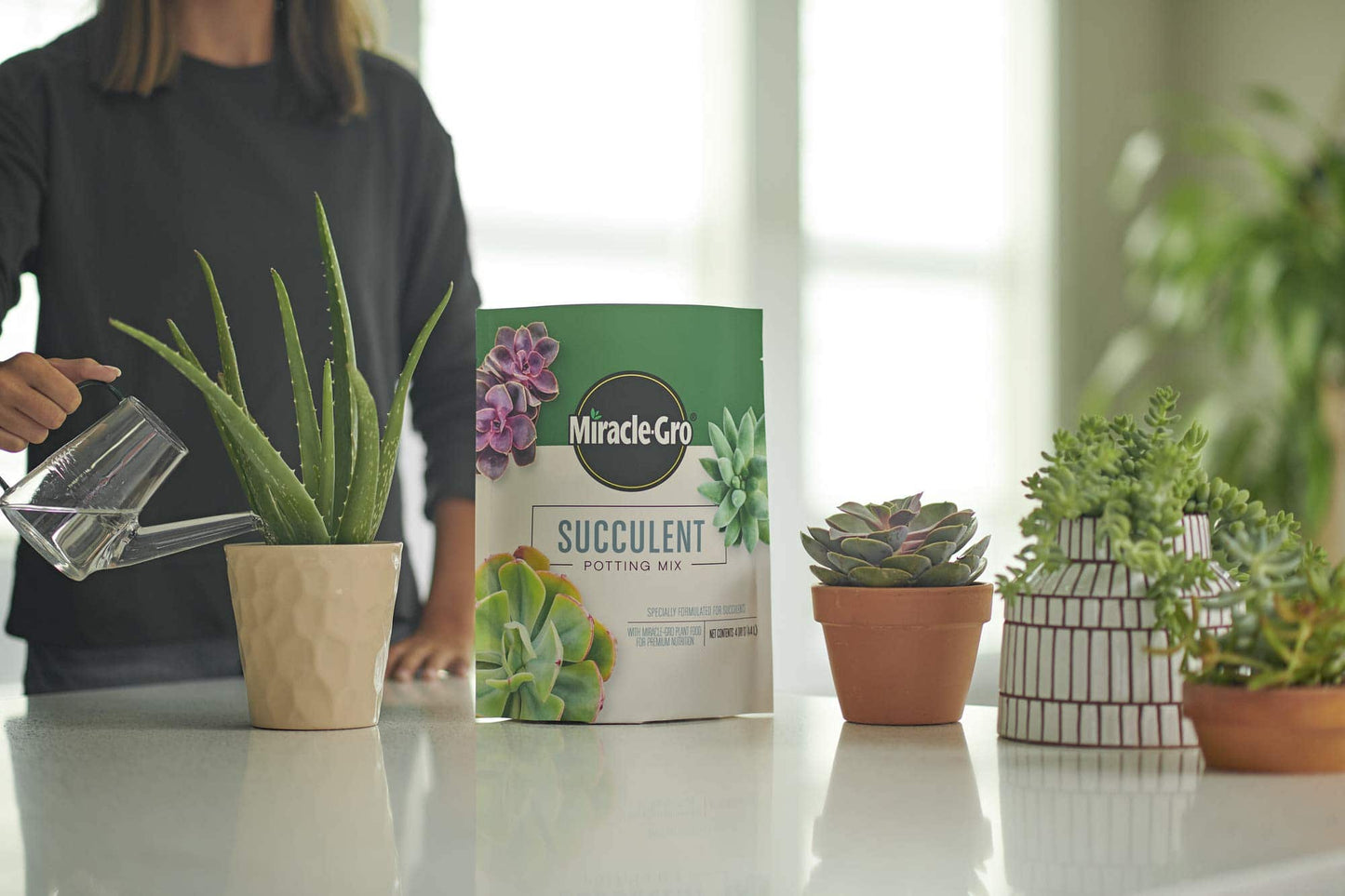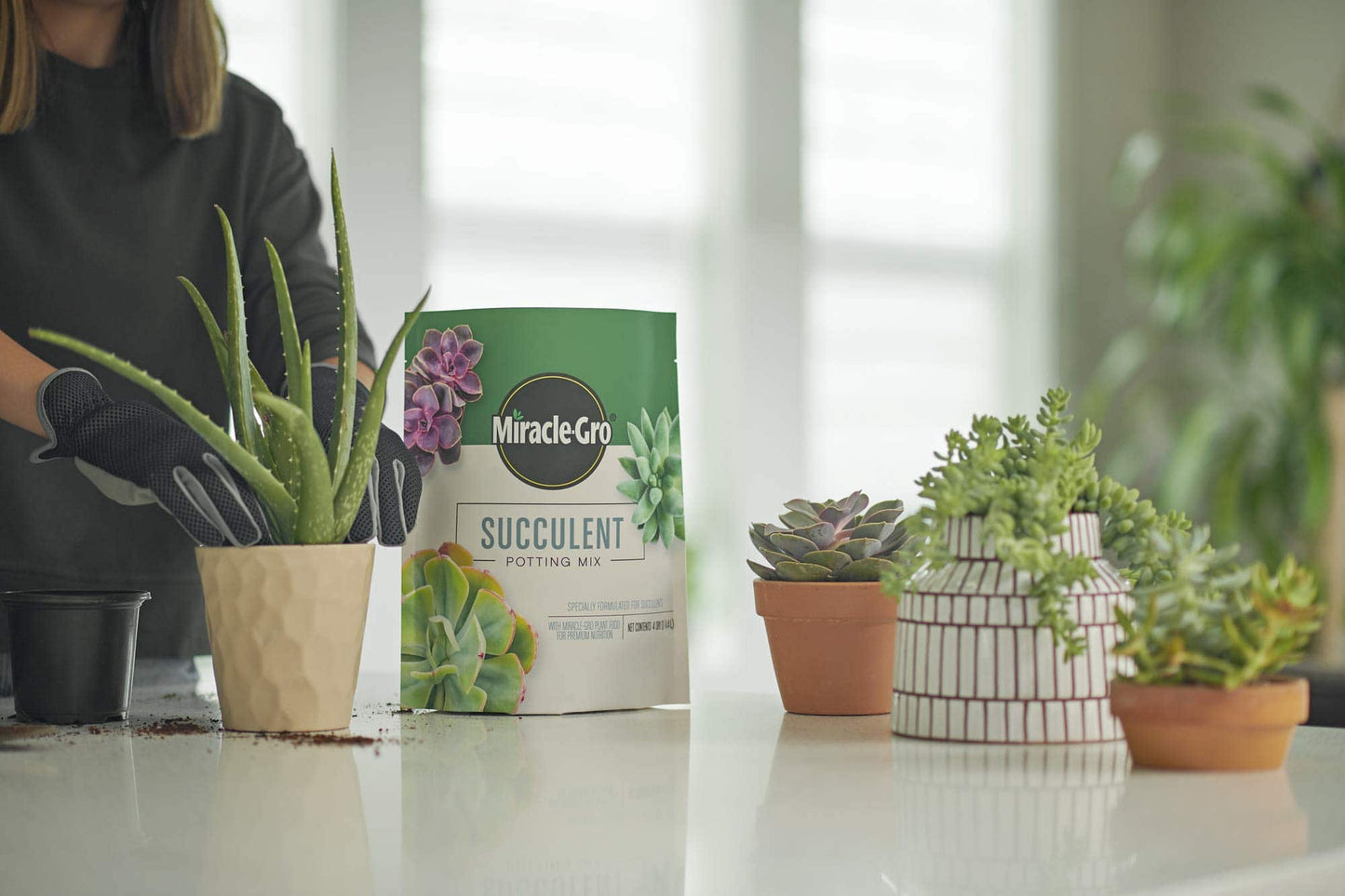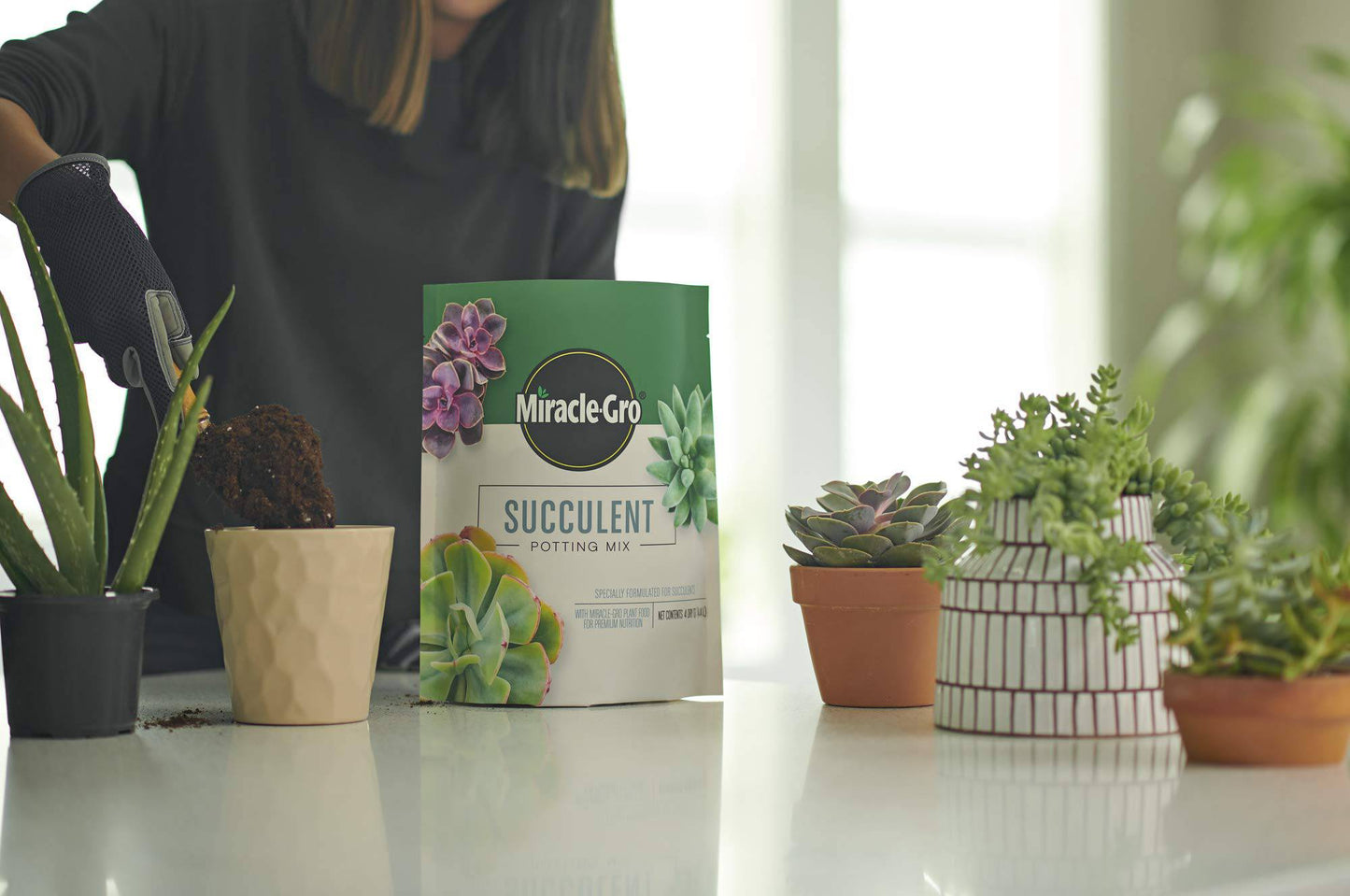Fungus Gnats: A Persistent Problem for Houseplant Enthusiasts
Fungus gnats, those tiny, black flies often mistaken for fruit flies, are a common nuisance for houseplant owners. They are attracted to the moist, organic-rich soil of potted plants, and their larvae, often found feeding on decaying organic matter, can damage delicate roots, leading to weakened plants that are more susceptible to diseases and further infestations. While these gnats pose no harm to humans or pets, they can be a constant source of frustration, especially when they hover around your cherished houseplants.
The flying adults, while bothersome, are actually less of a threat than their larvae. These tiny, worm-like creatures feast on the delicate roots of your plants, potentially stunting growth, hindering nutrient absorption, and ultimately impacting the health and vitality of your plants. Seedlings and young plants are particularly vulnerable to the damage caused by these larvae, as their root systems are still developing and more easily compromised.
Fungus gnats are particularly prevalent in environments with high humidity and consistently moist soil. Overwatering, poor drainage, and excessive organic matter in the soil can all create the perfect breeding ground for these pests. But fear not, there are effective and environmentally friendly ways to control these pesky insects and restore your houseplants to their former glory!
Understanding Fungus Gnat Lifecycle: A Key to Effective Control
To effectively combat fungus gnats, it's essential to understand their lifecycle. Adult gnats lay tiny, white eggs in the moist soil of potted plants. These eggs hatch into larvae that feed on decaying organic matter and plant roots. The larvae eventually pupate, and emerge as adult flies, continuing the cycle. Knowing this lifecycle, we can target the most vulnerable stages of the fungus gnat lifecycle: the larvae and the adults.
The Role of Mosquito Bits and BTI
One of the most effective and environmentally friendly ways to control fungus gnats is by using mosquito bits. These small, granular pellets contain a naturally occurring bacteria called Bacillus thuringiensis israelensis (BTI). BTI is a powerful weapon against mosquito larvae, but it's harmless to humans, pets, beneficial insects like ladybugs and butterflies, and your beloved plants. This makes it an excellent choice for indoor applications, where you don't want to introduce harsh chemicals that could harm your pets or yourself.
When used for fungus gnats, mosquito bits target the larvae in the soil. The BTI bacteria disrupt the larvae's digestive system, leading to their death. Here's how you can use mosquito bits effectively:
- Choose the right product: Summit 116-12 Quick Kill Mosquito Bits and SUMMIT CHEMICAL CO 117-6 30OZ Mosquito Bits are popular options that are EPA-registered for safe use in your home. They are formulated specifically for controlling mosquito larvae, and they are effective in targeting fungus gnat larvae as well.
- Sprinkle on the soil surface: Apply the mosquito bits sparingly to the surface of the soil in your infested pots. The bits will gradually dissolve and release BTI into the soil, targeting the larvae. A light dusting, rather than a heavy application, is usually sufficient.
- Water thoroughly: After applying the bits, water your plants thoroughly to help the BTI disperse throughout the soil. This will ensure that the bacteria reaches the larvae where they are feeding on the roots.
- Repeat as needed: You may need to reapply mosquito bits every few weeks, especially if you have persistent infestations or if your soil remains consistently moist. It's important to keep the BTI active in the soil, as the bacteria's effectiveness diminishes over time.
It's important to note that while BTI is a biological control and considered safe, it's always best to follow the instructions on the product label. Avoid direct contact with the bits, and wash your hands after handling them. It's also a good practice to keep the bits out of reach of children and pets, as ingestion could cause mild stomach upset.
Additional Tips for Fungus Gnat Control: Targeting Adults and Preventing Recurrence
In conjunction with mosquito bits, consider these additional measures for a more comprehensive approach to fungus gnat control, targeting both the adults and the larvae, and taking proactive measures to prevent future infestations:
- Reduce watering: Fungus gnats thrive in moist soil. Allow the top inch of soil to dry between waterings to discourage their growth and reproduction. This may require adjusting your watering schedule, especially during periods of high humidity or during the winter months when plants require less water. Water deeply but less often, allowing the soil to dry out somewhat between waterings.
- Improve drainage: Ensure your pots have adequate drainage holes to prevent waterlogging. If your soil is consistently wet, consider repotting your plants with a fresh mix that drains better. Potting mix specifically designed for houseplants will typically drain well, but you can also add perlite or vermiculite to your existing mix to improve drainage.
- Use yellow sticky traps: Yellow Sticky Bug Traps are an effective way to catch adult fungus gnats. These brightly colored traps attract the gnats and trap them with a sticky surface, helping to reduce the number of flies that can lay eggs in your soil. Place the traps near your plants to capture the flies before they lay eggs. You can also hang these traps from the ceiling or place them near windows to intercept gnats that are entering your home.
- Use a houseplant-specific insect trap: VEYOFLY Flying Insect Traps can help trap adult fungus gnats and other flying insects around your plants. These traps typically use a UV light to attract insects and then trap them on a sticky surface. They can be a good option if you have a severe infestation or want a more long-term solution for gnat control. These traps are often more effective than yellow sticky traps, as they attract insects from a wider area.
- Repotting: If the infestation is severe, repotting your plants with fresh, sterile soil can help eliminate the larvae and start fresh. When repotting, be sure to inspect the roots for any signs of damage, and trim away any dead or diseased roots. This will help your plants recover faster. Before repotting, allow the soil to dry out completely to kill any remaining larvae.
Prevention is Key: Breaking the Cycle
While mosquito bits and other methods are effective for controlling existing fungus gnat infestations, prevention is key to avoiding these pests altogether. Here are some tips for preventing fungus gnats from becoming a recurring problem in your home:
- Use high-quality potting mix: Choose a potting mix designed for houseplants that is sterile and drains well. Look for mixes labeled as “sterile” or “seed starting mix.” These will help to minimize the chances of introducing fungus gnat larvae into your pots.
- Water carefully: Only water when the soil is dry to the touch. Avoid overwatering, as this can create the perfect environment for fungus gnats to thrive. Water deeply, but allow the soil to dry out somewhat between waterings. This will help to discourage fungus gnats from laying eggs in the soil.
- Inspect new plants: Before bringing any new plants into your home, inspect them carefully for signs of fungus gnats. Check the soil for any signs of larvae, and look for adult gnats flying around the plant. If you see any signs of infestation, treat the plant before bringing it into your home. This will help to prevent introducing fungus gnats to your existing plant collection.
It's also a good idea to clean up any spilled water or debris around your plants. This will help to prevent the accumulation of moisture and organic matter that can attract fungus gnats. Be sure to wipe down trays and saucers regularly.
The Importance of Good Air Circulation
Good air circulation is crucial for preventing and controlling fungus gnats. Stagnant air can create a humid environment that encourages their growth. Make sure your houseplants are not overcrowded, and allow for adequate airflow around them. You can also use a small fan to gently circulate the air in your plant-filled spaces. This will help to dry out the soil and discourage the growth of fungus gnats.
Dealing with Fungus Gnat Larvae in the Soil: Additional Control Measures
If you suspect that you have fungus gnat larvae in your soil, you can try a few methods to eliminate them. These methods can be used in conjunction with mosquito bits and other strategies to create a comprehensive approach to fungus gnat control:
- Neem oil: Neem oil is a natural insecticide that can effectively control fungus gnat larvae. Dilute neem oil according to the product instructions and water your plants with it. Neem oil can also help to prevent future infestations by repelling adult fungus gnats.
- Diatomaceous earth: Diatomaceous earth is a natural, powdered substance made from fossilized diatoms. It works by abrading the exoskeletons of insects, causing them to dehydrate and die. Sprinkle diatomaceous earth around the base of your plants, taking care to avoid direct contact with the plants themselves. Diatomaceous earth is effective against a variety of pests, including fungus gnats, and it is also safe for pets and humans. However, it is a dust, so it is best to use it outdoors or in a well-ventilated area.
- Hydrogen peroxide: Hydrogen peroxide can help to break down organic matter in the soil and create an unfavorable environment for fungus gnat larvae. Dilute hydrogen peroxide with water (typically 1:10 ratio) and water your plants with it. Hydrogen peroxide is a natural disinfectant, and it can also help to improve drainage in the soil.
It's important to use these methods with caution and to follow the product instructions carefully. Some of these methods can be harmful to plants if used incorrectly. For example, excessive use of hydrogen peroxide can bleach the soil and potentially damage roots.
Conclusion: A Healthy and Pest-Free Indoor Oasis
Fungus gnat control doesn't have to be a frustrating battle. By using mosquito bits containing BTI, along with these additional tips, you can effectively manage these pests and keep your houseplants healthy and thriving.
Remember, a combination of methods is often the most effective way to control fungus gnats and prevent future infestations. By understanding the fungus gnat lifecycle and by taking preventative measures, you can create a healthy and pest-free indoor oasis for your plants and for yourself. Enjoy your vibrant and thriving houseplants!






